At around half an hour to midnight on a random Saturday in the late 1990s, I was flipping through the channels and figured I’d watch a little bit of The Shawshank Redemption before going to sleep. I’d never seen it and thought it would end in half an hour. Turns out, the movie had only started a few minutes earlier.
I didn’t go to bed till after 2:30 a.m. that night.
The film left me in awe, feeling euphoric even. That’s not to say it’s an easy one to watch. The Shawshank Redemption is often dark and disturbing in its portrayal of the brutality of life in the titular prison. But like Andy Dufresne and his friend Ellis Boyd “Red” Redding—the movie’s main protagonists, played in career-defining roles by Tim Robbins and Morgan Freeman—when the film ended, I felt free.
I recount this story not (just) to relive one of my favorite movie-watching experiences but because it’s representative of how many people came to love the film. Though Shawshank is currently the highest-rated movie according to IMDb users, it was a box office failure at the time of its release 30 years ago. While it received additional attention around awards season—including a Best Picture Oscar nomination—it failed to gain much traction with the general public in theaters.
Its video release, though, was a whole other story. Shawshank’s breakthrough came in June 1997, when it first aired on Ted Turner’s TNT network, and it later became a late-night staple on cable. Ironically some believe Shawshank’s poor box office performance may have been the cause for its cable boom: A film’s licensing fee is sometimes based on its box office receipts, making buying the rights for Shawshank a bargain.
The first few minutes of the film show the trial and conviction of Andy (played by Robbins), the vice president of a Maine bank, deemed “a particularly icy and remorseless man” by the presiding judge. His alleged crime? The cold-blooded murder of his wife and her lover.
He gets two consecutive life sentences.
If you’ve watched Shawshank, it’s easy to forget that you don’t know at first whether Andy is guilty. When he claims innocence, Red doesn’t believe it for a second. “Everyone in here is innocent, you know that?” he remarks. “Haywood, what are you in for?” Red later asks a good-natured fellow inmate. Haywood replies, “Didn’t do it! Lawyer f⸺ed me!”
Red is different. Early on he declares himself “the only guilty man in Shawshank.” He can thus be trusted, which is one of the main reasons the film is told from his perspective. Screenwriters often mock voice-over narration as lazy, but Shawshank’s script uses it masterfully. The device’s success is in no small part due to Morgan Freeman’s now-legendary delivery. The way Red chronicles Andy’s story brilliantly lets us explore the experiences of men who aren’t naturally prone to share much openly.
It’s clear that everyone at Shawshank—well, almost everyone—is indeed guilty of the crimes they were convicted of. But not all criminals in Shawshank are inmates: The only two murders depicted in the film are committed by a guard and a warden.
The guard, Captain Hadley, and the warden, Samuel Norton, are prototypical villains. Hadley is a parody of what some might now call “toxic masculinity”—a short-tempered, arrogant bully who sadistically beats inmates. Norton, meanwhile, quotes Scripture while ordering savage and unnecessary punishments. A picture adorning his office wall reads, “His judgment cometh, and that right soon”—a Biblical-sounding phrase that sums up Norton’s brutal philosophy. In one memorable scene, Norton enters Andy’s cell to “size him up” and quotes Scripture, but Andy matches him verse for verse. Hypocrisy, not faith, is his problem.
Andy’s financial know-how first makes him a hero among the guards. He does their taxes, but he’s quickly co-opted into helping the warden run numerous scams. But what makes Andy unique is not the fact that he is, prior to being coerced into the warden’s schemes, “for real innocent,” as Haywood later claims. Rather, it is his ability to maintain a sense of hope through a thick fog of despair. “Hope is a good thing, maybe the best of things,” Andy tells Red. “And no good thing ever dies.”
But the despair is real, and the physical prison is not the only thing holding the inmates captive. One of them, for example, is destroyed not by Shawshank’s walls but by their absence. Once he’s paroled after 50 years, having earned a good reputation as the prison’s librarian, he simply can’t handle life in the outside world and commits suicide. “In here he is an important man, an educated man. Outside he’s nothing,” declares Red. “These walls are funny. First you hate 'em—then you get used to 'em. Enough time passes, you get so you depend on them.” It’s a dilemma Red also faces during his parole years later.
Andy’s methods of grappling with despair are revealing. For him, “hope,” is not just a good sentiment; it is the means by which he keeps the darkness at bay. He gets new books for the library, then a whole new library dedicated to the deceased inmate. He breaks into the warden’s office and plays Mozart’s “Le Nozze di Figaro” over the prison’s loudspeakers. The effect of his relentless hope becomes clear: To Andy, fighting the system and freeing spirits are one and the same. “We sat and drank with the sun on our shoulders and felt like free men,” says Red in a memorable scene after manages to get his fellow inmates some beers in exchange for financial guidance.“We were the lords of all creation.”
Thirty years after its release, it shouldn’t be too much of a spoiler to mention that he will eventually get out. It’s that sort of film. But that doesn’t lessen the anxiety a viewer feels in the process. After emerging from a month of wrongfully imposed solitary confinement, Andy utters one of the film’s most memorable lines: “I guess it comes down to a simple choice, really. Get busy living, or get busy dying.” To Shawshank’s credit, you genuinely worry he might choose the latter.
Shawshank is not a “realistic” film. Most of its inmates are too decent, its prison officials too corrupt, Andy’s escape too implausible, and Red’s eventual parole too perfect for it to be anything but a fable. But like all great melodramas, its truths are communicated through overstatement. And The Shawshank Redemption understands that the truth of its message—of hope and redemption, even in the darkest of places—is, as Red says, “Something so beautiful, it can’t be expressed in words, and makes your heart ache because of it.”
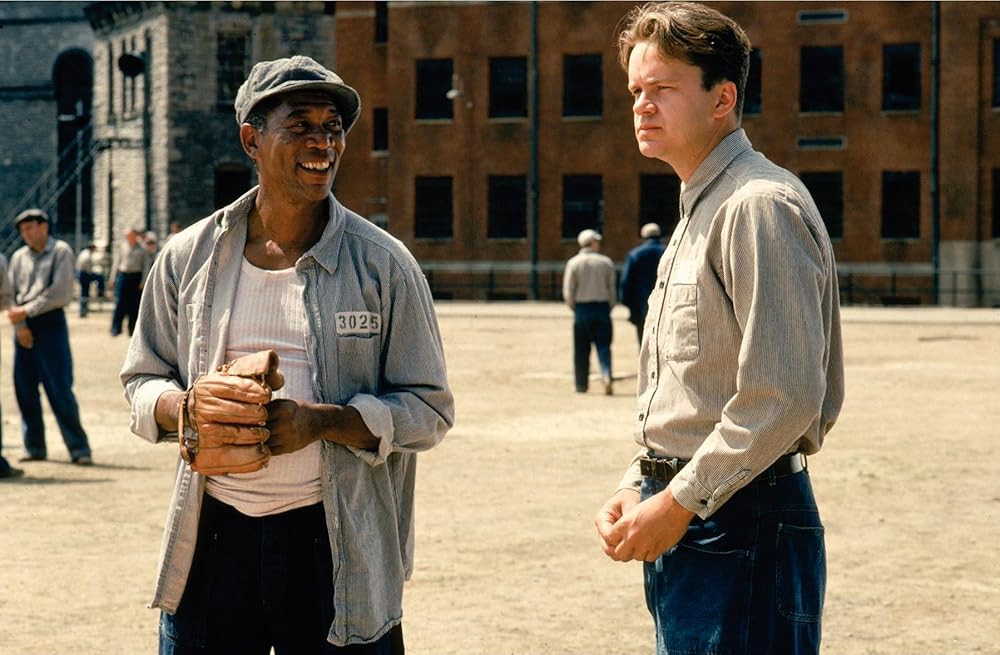
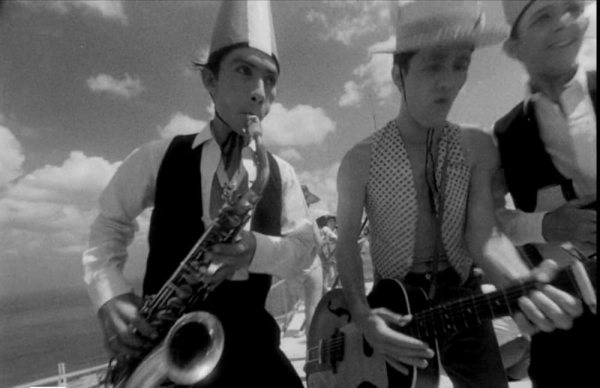
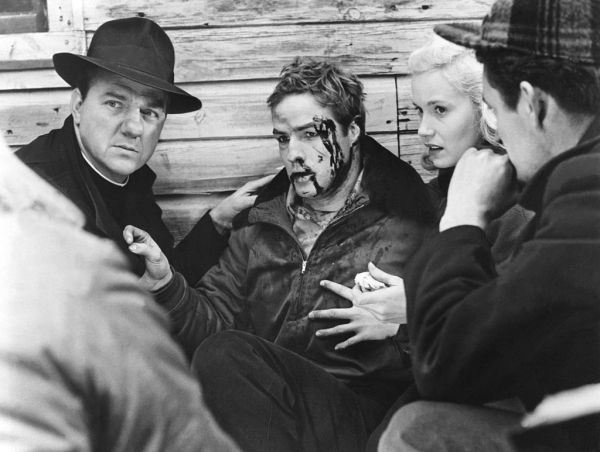
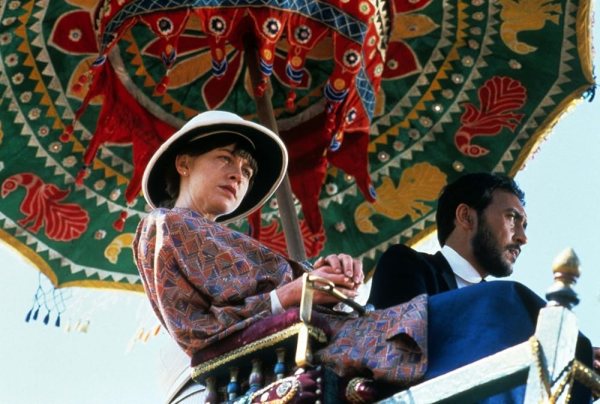

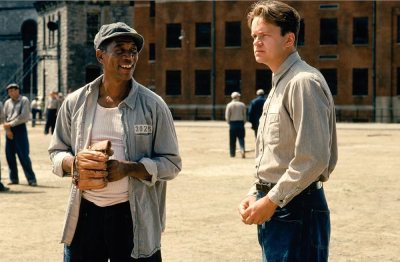
Please note that we at The Dispatch hold ourselves, our work, and our commenters to a higher standard than other places on the internet. We welcome comments that foster genuine debate or discussion—including comments critical of us or our work—but responses that include ad hominem attacks on fellow Dispatch members or are intended to stoke fear and anger may be moderated.
With your membership, you only have the ability to comment on The Morning Dispatch articles. Consider upgrading to join the conversation everywhere.